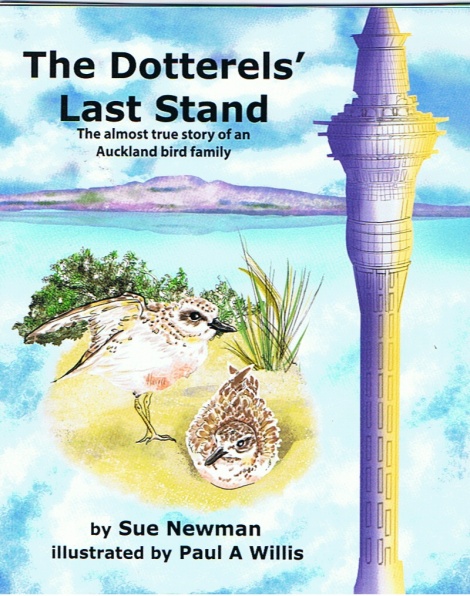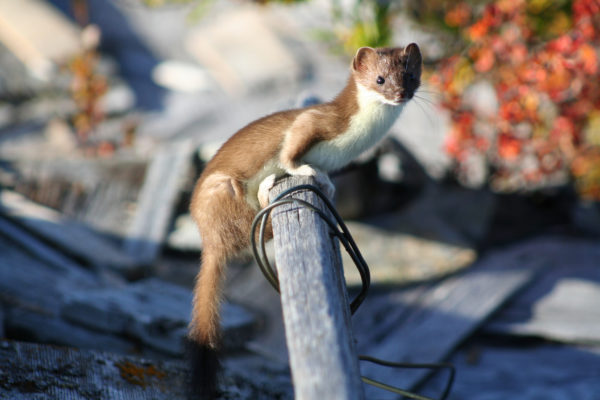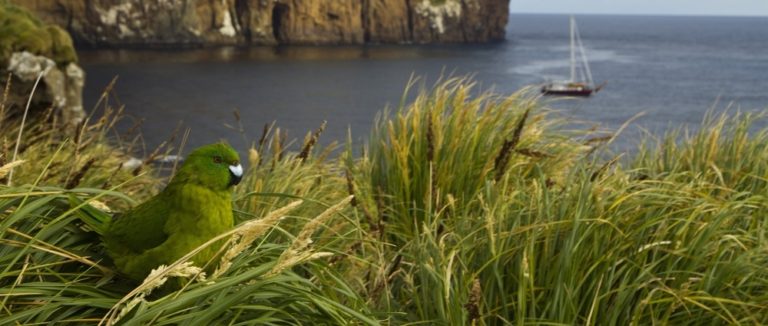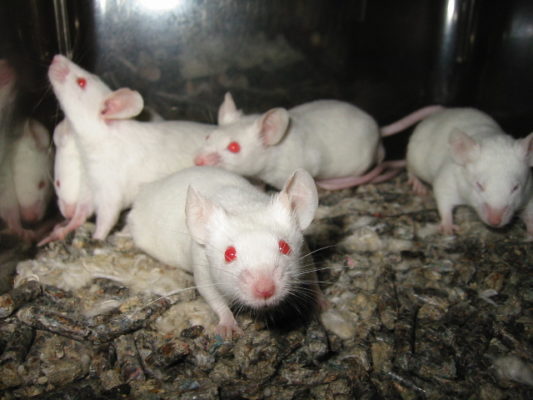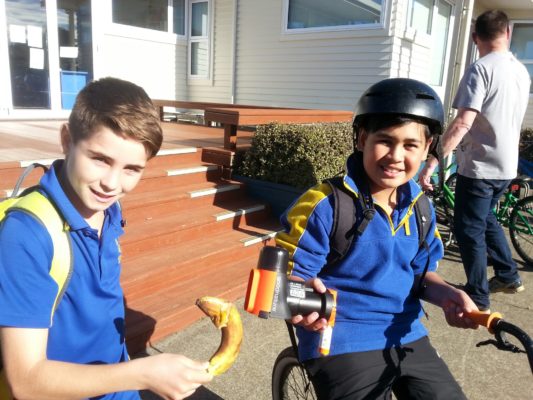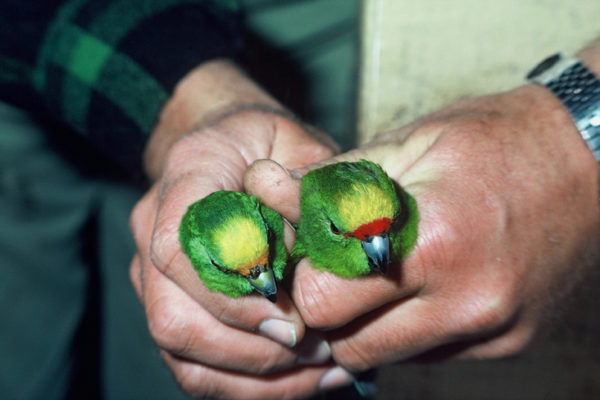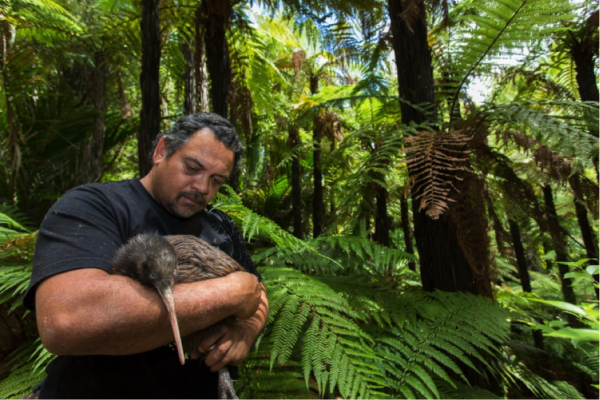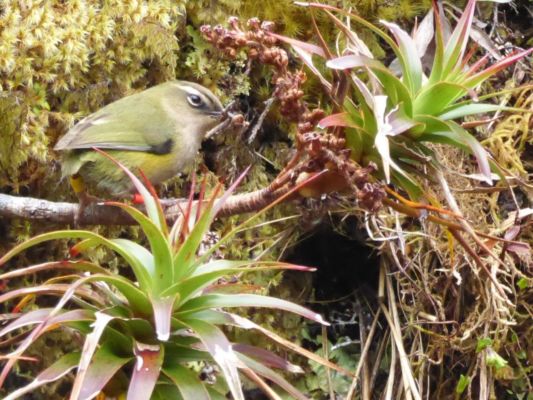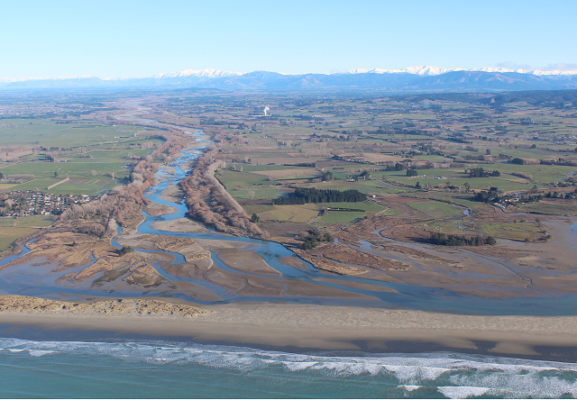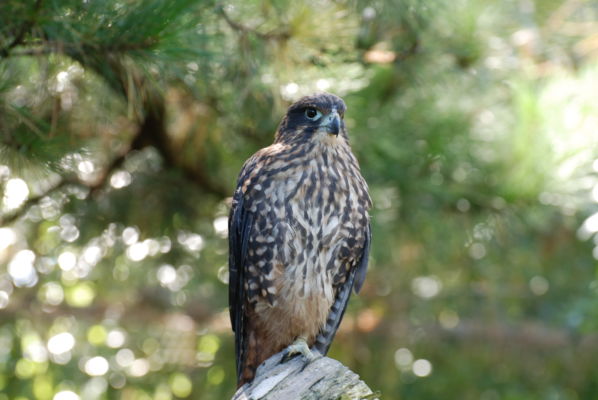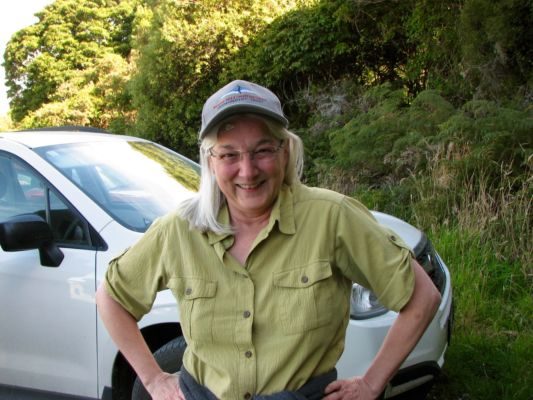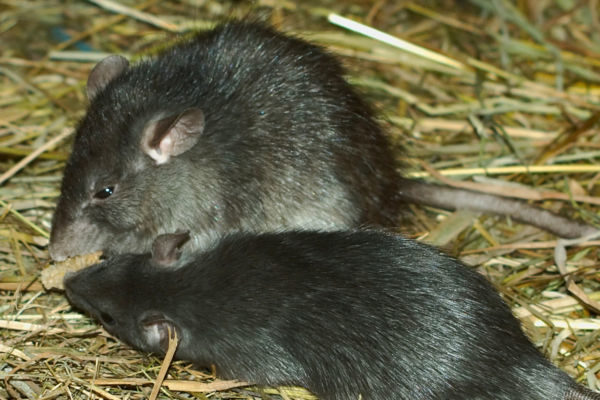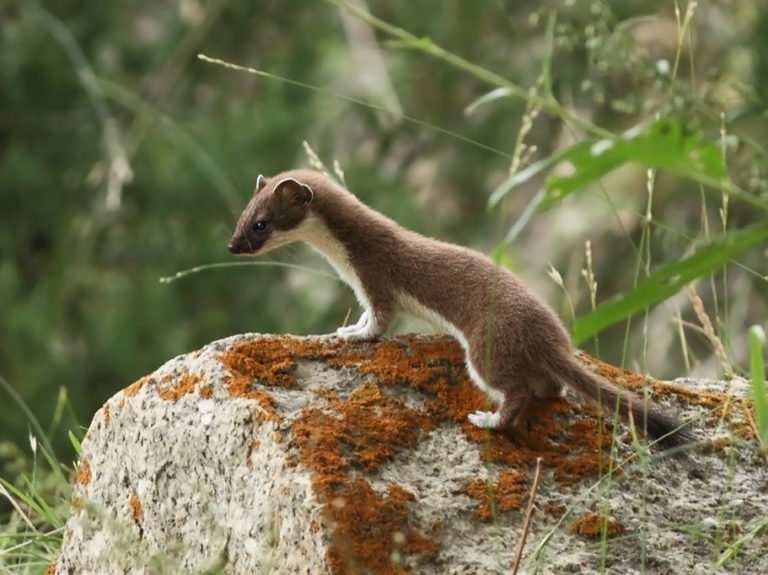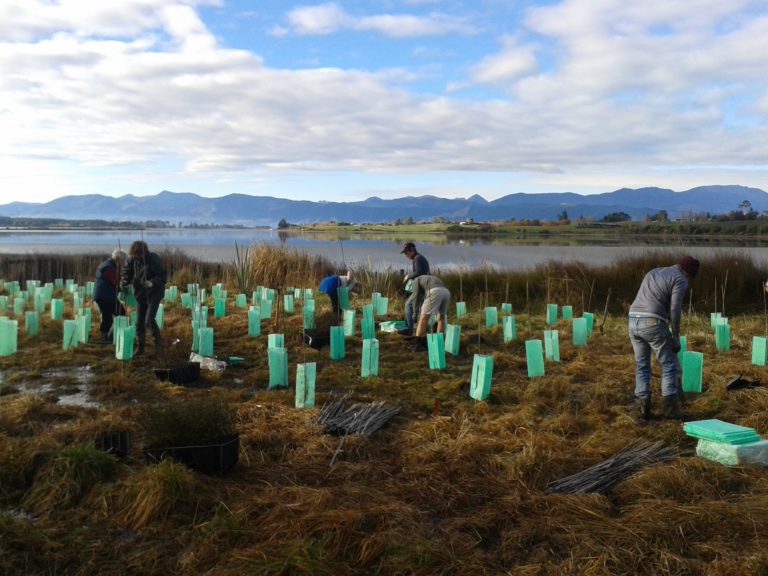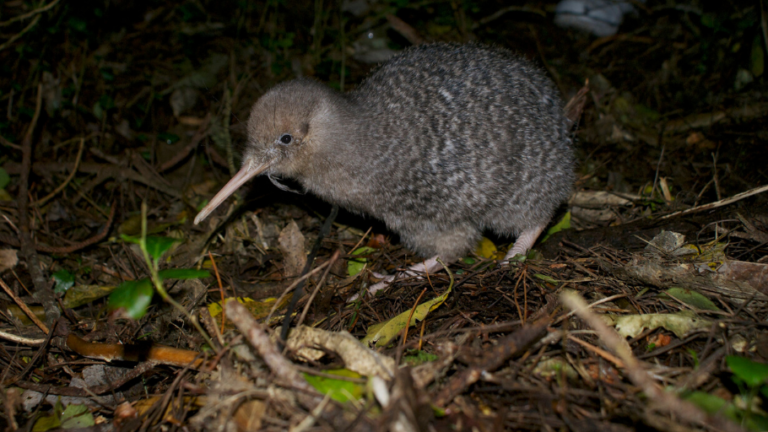Book: The Dotterels’ Last Stand
The Dotterels’ Last Stand by Sue Newman, beautifully illustrated by Paul A. Willis is a realistic and ‘almost true’ story of the challenges dotterels face…
Not just mouse-munchers – the diet of weasels revealed
Stoats tend to vie with rats for the position of Conservation Public Enemy No. 1 – but what do we know about the stoat’s smaller…
Antipodes Island – mouse free and back on course
Over a year has gone by. The mice are gone (although final proof won’t come until a revisit in 2018). On Antipodes Island, 760km southeast…
What next for rats and mice?
Rats and mice aren’t just our problem. They’re some of the most widespread and damaging invasive alien species on islands globally. A team of scientists…
Kiwibank Predator Free Goes Bananas in Patumahoe
A banana impersonated a rat and got mashed at a recent school assembly at Patumahoe – and the pupils along with many of their parents…
Predators vs Parakeets
Kakariki, our native parakeets mostly nest in holes in trees, where the female incubates the eggs for around 3-4 weeks. That makes female kakariki, as…
Young kaitiaki learn to care for Omataroa kiwi
Ian Tarei is Kiwi Project Manager for the Omataroa-Rangitaiki No 2 [Maori land] Trust and has been involved with the project since its beginning 10…
Alpine stoats caught on camera raiding rock wren nests
Stoats are emerging as a key threat to our alpine wildlife as scientists learn more about predator/prey relationships in this less-studied habitat. Remote alpine zones…
BRaid offers free trapping workshop – open to all
It’s been a while since we caught up with BRaid – Braided River aid – and lots has been happening in the interim. First up,…
Falcons learn to live an ‘exotic’ life
Before humans arrived, 78% of Aotearoa was covered in native podocarp forest. In the 700 years since we got here, 60% of that forest has…
Titi inspires formation of Bluff Hill group
Bluff Hill, at the southernmost tip of the South Island, is home to one of the few mainland colonies of titi/muttonbirds in New Zealand. Hundreds…
Do rats mind inky feet?
Rats are fastidious groomers. So how does an animal that grooms frequently react to the prospect of running through viscous tracking ink? Are rats reluctant…
A24 vs Stoats – island experiment deemed a success
The A24 self-resetting trap has been around for a year or two now, but development of the product and testing of its capabilities continues, along…
Tea-strainers help fight ‘Battle for Banded Rail’
Tracey Murray, Trapping Field Officer for ‘Battle for the Banded Rail’ recently bought 150 mesh tea-strainers online, importing them from a manufacturer in China. So…
What makes a great kiwi burrow?
Birds can spend a significant portion of their lives at roosting sites – up to two thirds of their time – so it makes sense…

